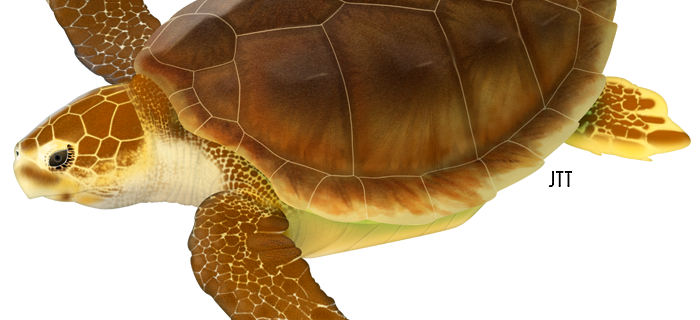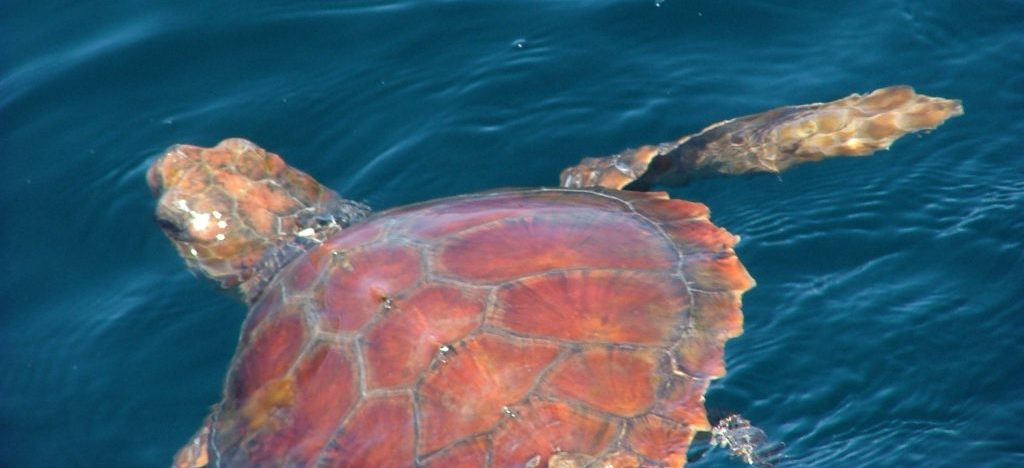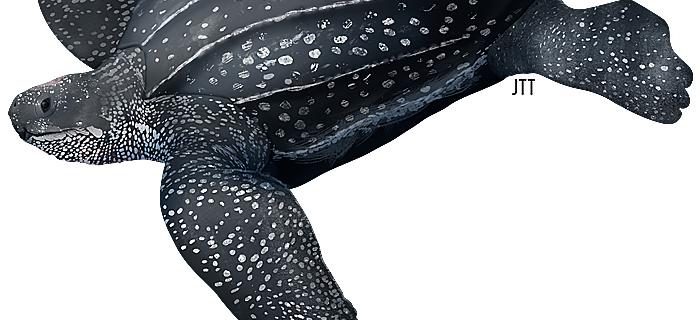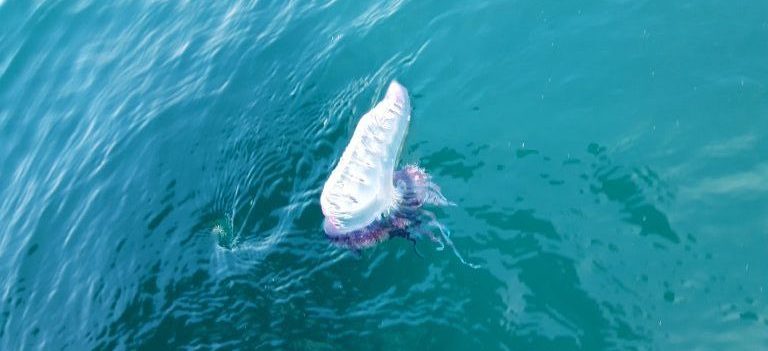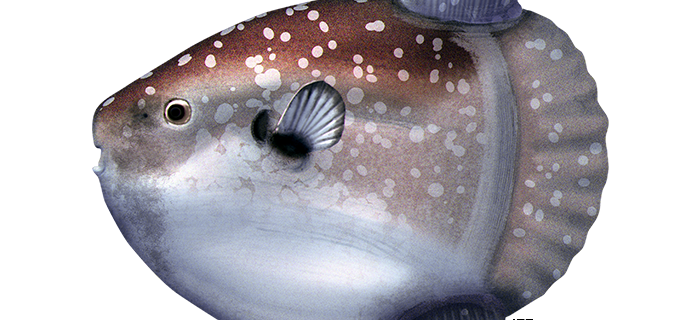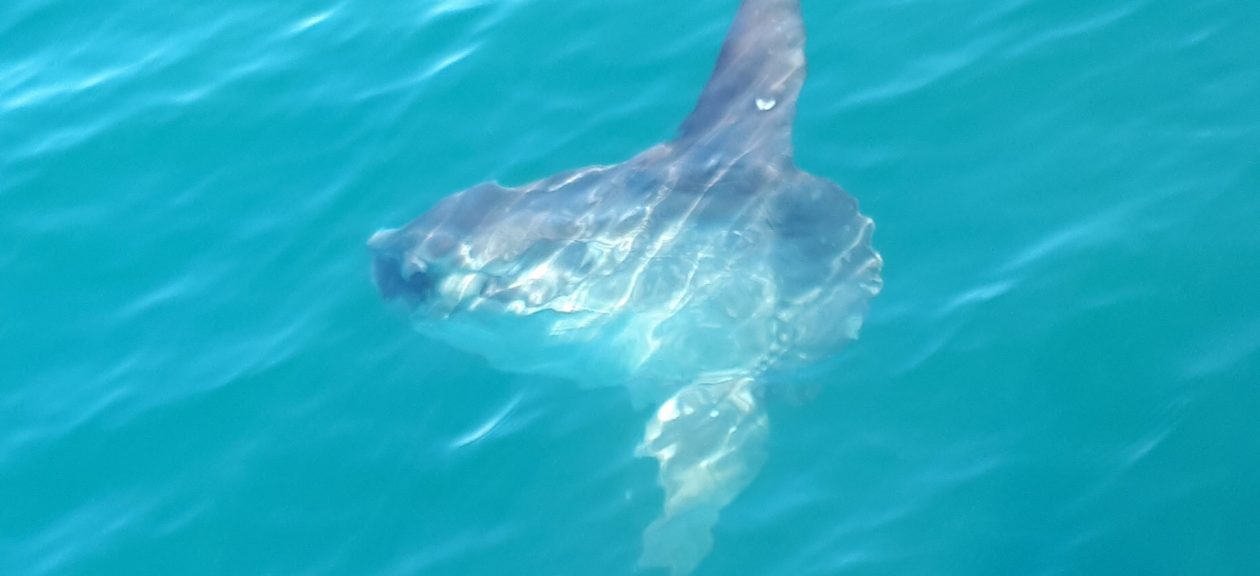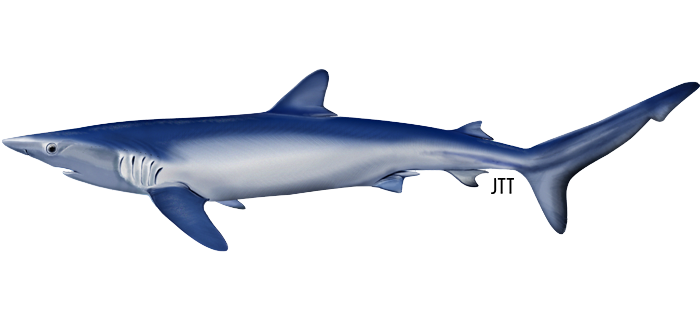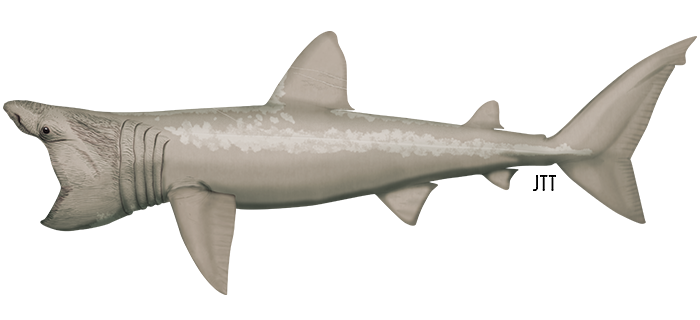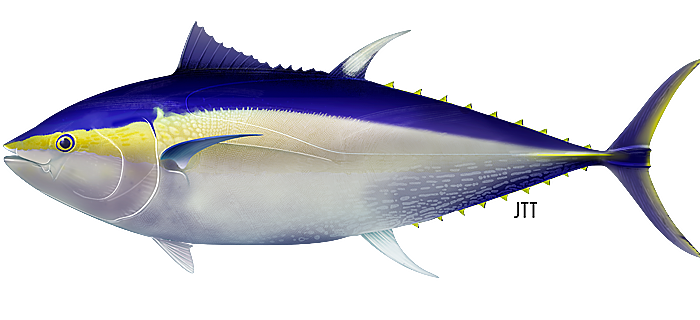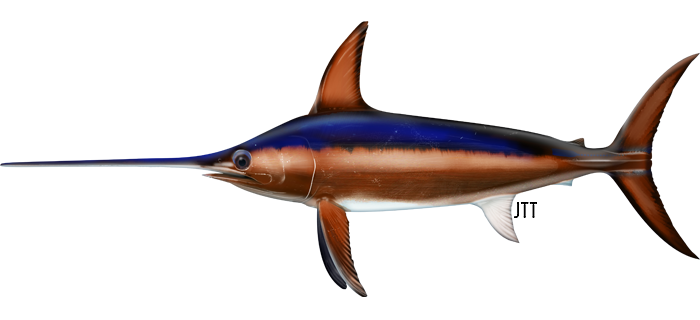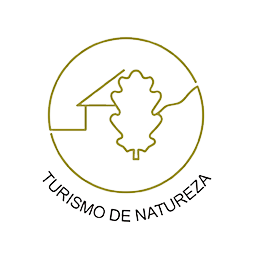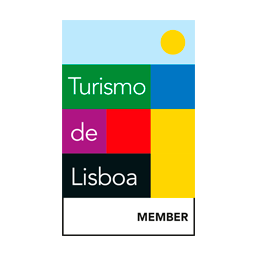Animal and environmental awareness has led people to increase interest in experiences and educational activities. These normaly involve wildlife biodiversity in their natural habitat. Tourism with wild animals and Nature experiences has become a trend. It has raised animal and environmental awareness. By promoting Ecotourism experiences with wildlife, we believe SeaEO Tours customers will surely increase awareness of the need to protect habitats and animals.
Whales are far more worth alive than dead.
Peter Garrett, 2010
“People protect what they Love.”
Jacques-Yves Cousteau
Cetacean – Dolphins and Whales
Marine mammals exist all over the world’s oceans, seas and some rivers. Within top predators, Cetaceans have evolved into several species along millions of years with terrestrial origin. In each Ocean it is possible to encounter diversified species of whales and dolphins.
The hydrodynamic bodies of dolphins and whales evolved so much allowing them to swim freely in open oceans and dive from shallow to deep waters. The Atlantic Ocean has several Cetacean species, some migratory, others coastal and some residents known to the scientific communities. Dolphin and whale watching in Portugal is the best way to get closer to Cetacean species with specialist Marine Biologists.
Learn more about each Dolphin and Whale species sighted close to Lisbon, in the Atlantic Ocean.
Seabirds
Along the wide Oceans and seas of the world, birds or seabirds can easily be found. Some birds live their entier life at sea. Seabirds species represent a biodiverse group extremely well adapted to the harsh marine environments.
In the numerous food chains, seabirds can be found as predators or as opportunistic. Fish shoals are the main food source and seabirds can be normally seen close to dolphins and whales while feeding. Their presence helps us find Cetacean very often.
Learn more about each Seabird species spotted, in the Atlantic Ocean, close to the Portuguese coast.
Aquatic Birds of the Estuary
The Tagus river is born 1007 kms, away from Lisbon. It crosses the whole Iberian Peninsula. Near Lisbon, the fresh waters joins with salt Atlantic waters and thus becoming the 34.000 ha Tagus Estuary. These water mass mixtures allow diverse habitats and ecosystems to thrive.
You can easily find wildlife in the Estuary, such as migratory birds, summer breeders or winter birds. You can find within the diverse habitats of the Tagus Estuary species like pink Flamingos, Spoonbills or Ospreys. You can easily spot several resident species all year round. Despite several ducks or waders using the Estuary as nursery, they are part of several food chains and thus must be totally adapted to the salt marsh environments.
The existing food chains in the Estuary could not be completed without other species. Several mollusc, invertebrates and fish species use the Estuary as shelter, feeding and spawning grounds. Therefore, this extensive and rich biodiverse realm is a hotspot for thousands of birds.
Learn more about the Birds species sighted in the Tagus Estuary.
Marine Biodiversity
Other sea creatures besides the above mentioned ones, can be sighted along the Portuguese Coast. Thus, the biodiversity in the marine environments is more rich then we imagine. Besides dolphins, it is commun to find the following species:
- Sunfish
- Blue-shark
- Jellyfish
- Seaturtle
- Sword-fish
- Tuna
All species guides take into account the IUCN Red List status. Despite enjoying the proximity of wildlife from the sightings, we are engaded with enviromental authorities, research groups and data collection for long-term marine biodiversity conservation management on a regional to national level.
Threats to the Ocean and Wildlife
Coastal areas comprise some of the most productive and valuable ecosystems in the world. Besides providing basic services, coastal zones add great socio-economic value and are important for our lifestyles. Human population in coastal areas generates high pressure on the environments, especially on the marine ecosystems.
- Overfishing
- Ghost nets
- Pollution (Plastics, Noise, Temperatures and Chemicals)
- Invasive species
- Boats (Anchoring, Sonars, Propellers)
- Climate change
- Covid19 protection facial masks
- The new Airport of Montijo project (soon coming)
SeaEO-Tours was nominated and awarded winner of the Travel and Hospitality Awards 2019, in the category Wildlife Tours in Lisbon.
Travel and Hospitality Awards, 2020 & 2021
SeaEO-Tours was nominated and awarded winner of the Travel and Hospitality Awards 2020, in the category Best Adventure Experience in Lisbon.
